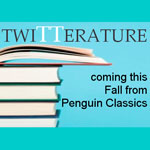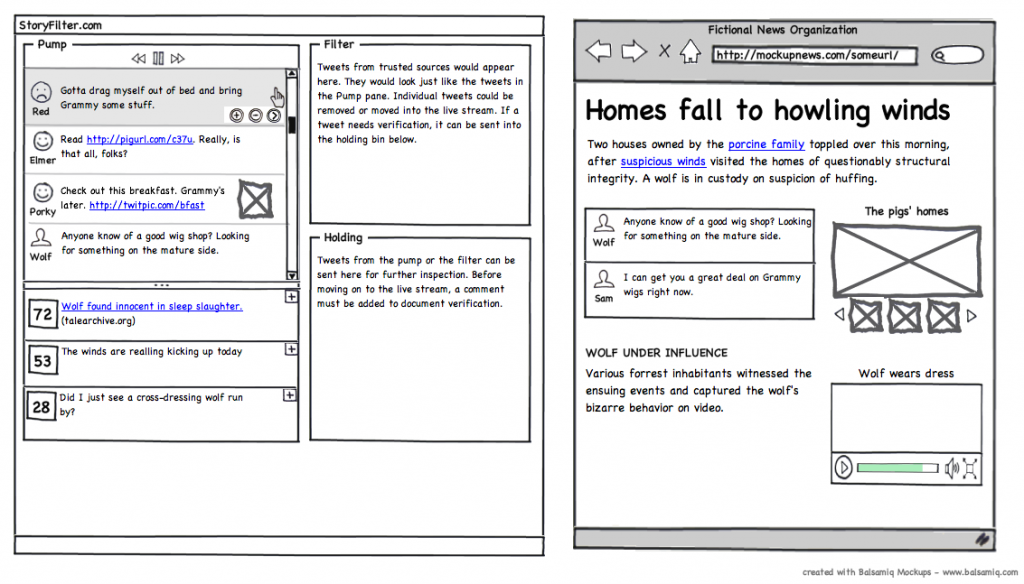“Twitter is a storytelling tool,” writes Tim Girvin. “Every person tells a micro-story in the 140 characters of text that are tied to the messaging output from many tiers of devices.”
I’m not totally convinced, and neither are all of story practitioners in my Q&A series.
But folks have continued to attempt storied uses of Twitter since I last wrote about this topic. Here’s the latest:
- Laurel Papworth writes:
Twitter is The Human Narrative in real time. And yes the Capitalisation is important. Twitter is not just a marketing tool, nor a place to get cool links to awesome videos and blog posts. It’s not even simply a place to organise a bbq or be introduced to a potential client. Its primary purpose is to tell the Human Story, in 140 character paragraphs.
She goes on to cite stories of breakups, car accidents, and deaths told through Twitter. She also cites Twistori, a site that presents ongoing feeds of tweets that begin, “I love…,” “I hate …,” “I think …,” “I believe …,” “I feel …,” and “I wish…” Papworth calls these “Automated stories from the web.” I’m not so sure. She then cites Twittilate, “one lady’s dirty monologue,” as storytelling. Again, not so sure. Finally, she mentions Twittories, “stories composed 140 characters at a time by a diverse group of collaborators using Twitter.” These, I think, are getting closer.
-
- The blogger at The SocioSphere attempted to get a storytelling project going with Twitter. Can’t tell if it went anywhere; I don’t think so.
-
- Twitterature: Penguin books will publish a book about
 literature, written in 140-character tweets, to be called Twitterature: The World’s Greatest Books, Now Presented in Twenty Tweets or Less.
literature, written in 140-character tweets, to be called Twitterature: The World’s Greatest Books, Now Presented in Twenty Tweets or Less. - Dan Baum told the story of why he left a job as a staff writer at The New Yorker over three days of tweets. (turns out I already mentioned this in another post, but not in the context of Twitter storytelling, so I’ll repeat it here.)
- Twisters: As reported by WAToday.au @arjunbasu writes short (obviously) stories on Twitter. “I call them Twisters,” he says, “because everything on Twitter has a stupid name.” These kind of work for me in the same manner as six-word memoirs.
- Storystreaming Platform: Framing this idea not so much as story telling, but storystreaming, Kevin Sablan proposes a “platform [that] could be used to make sense of the confusing flood of information coming out of social media streams” (see illustration below and here for a larger image). He would use it with venues other than Twitter, but Twitter is the first one for which he’s proposing the platform. To understand what Sablan’s trying to do, you need to grasp his concept of Storystreaming, which spins off of lifestreaming, which I’ve written about before. I like how Sablan distinguishes storystreaming from lifestreaming, particularly this point:
- Twitterature: Penguin books will publish a book about
Story-centric: Current lifestream solutions, at least those I’m familiar with, document a person’s life, but every story includes multiple characters, events and plot. A storystream platform needs to document a the events of a story, not a person.

